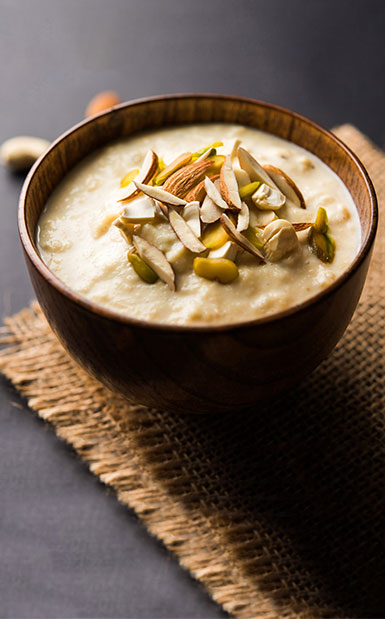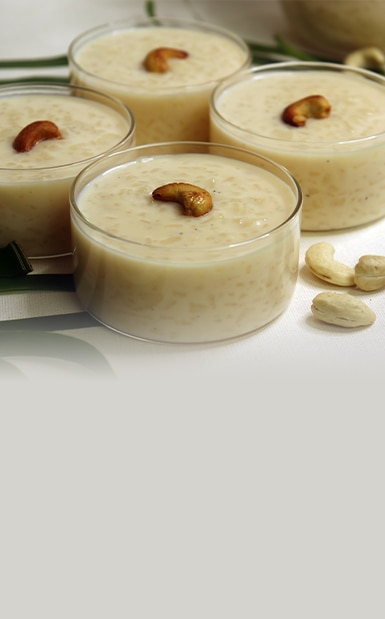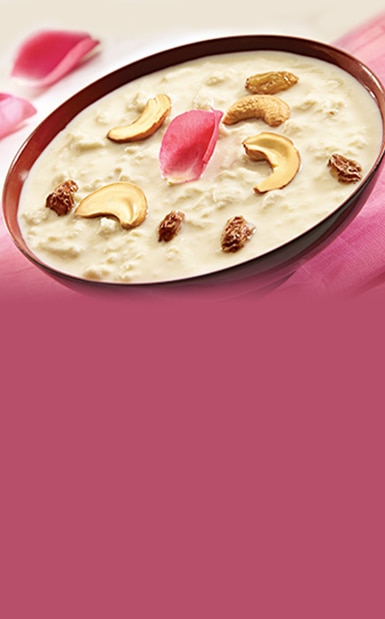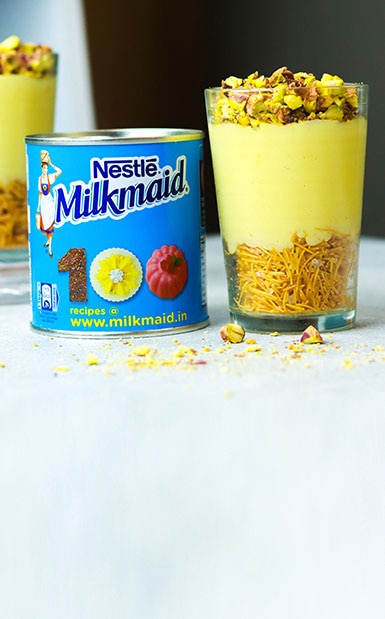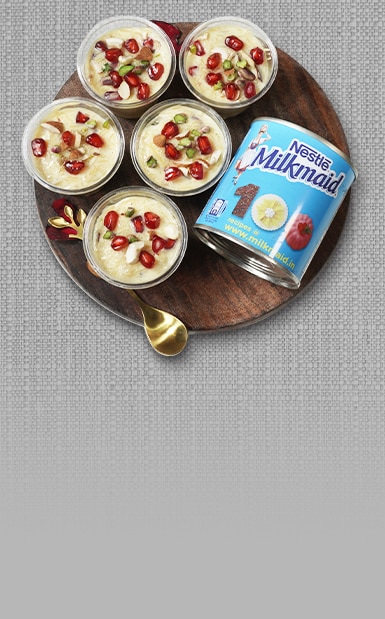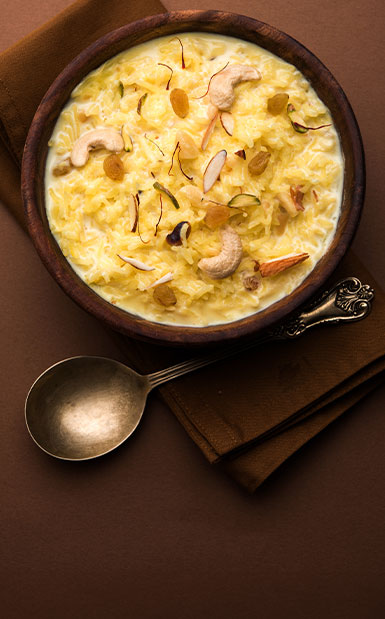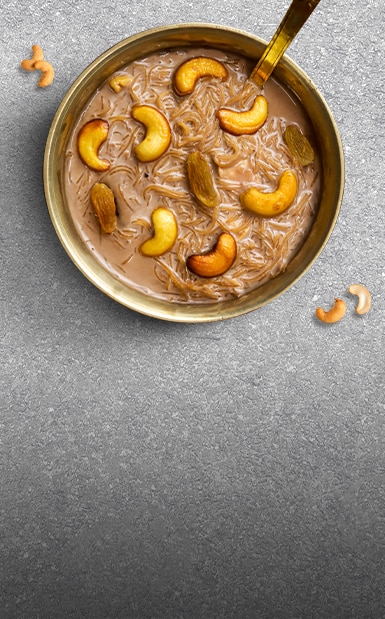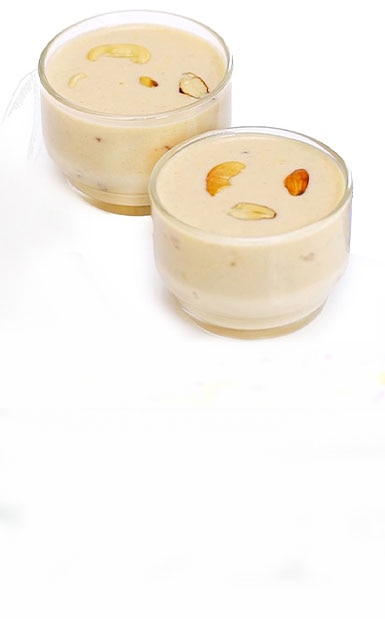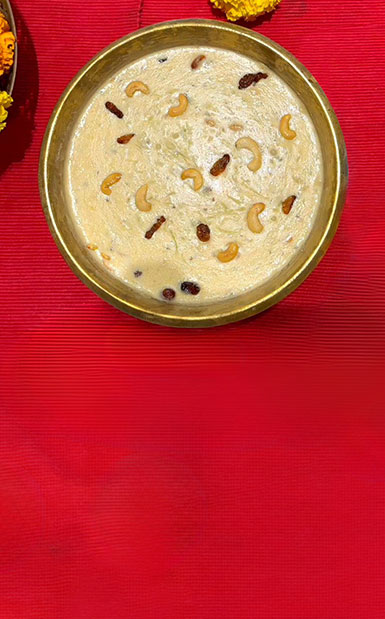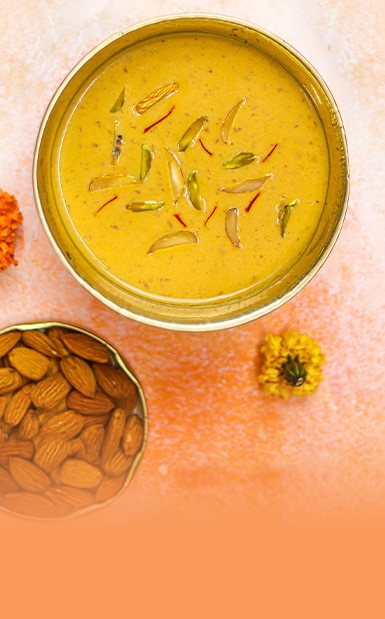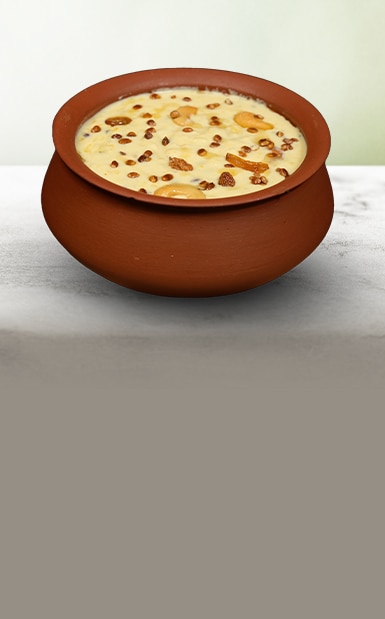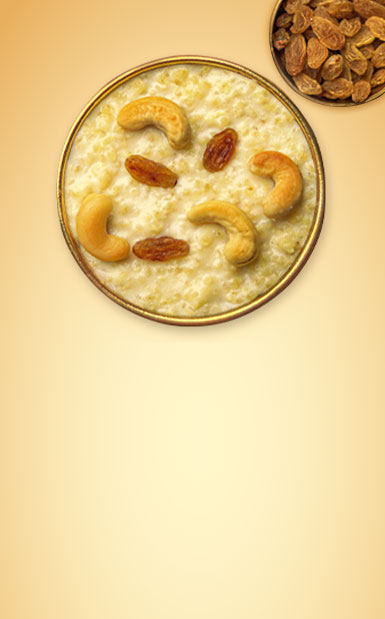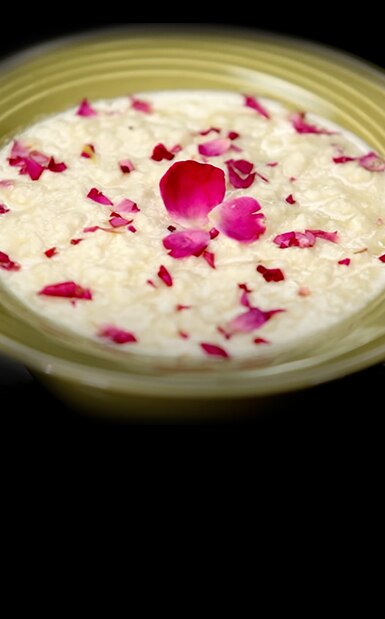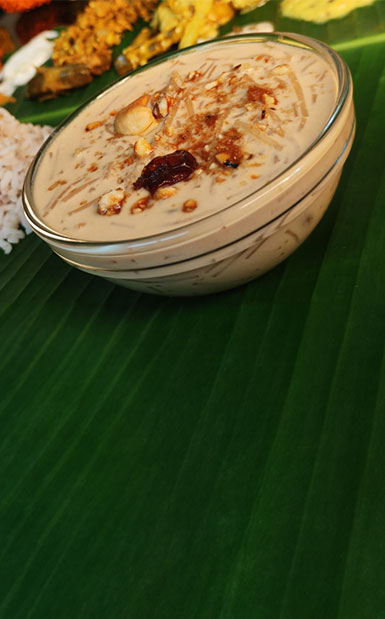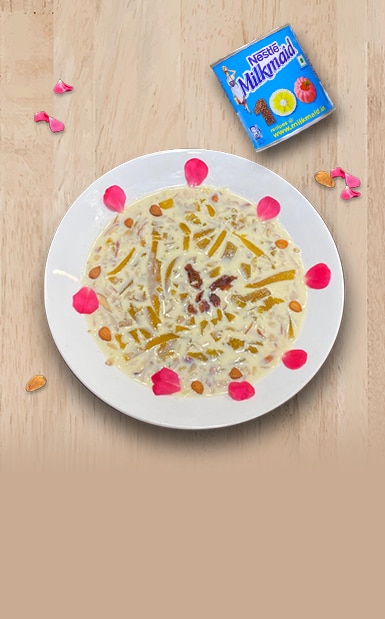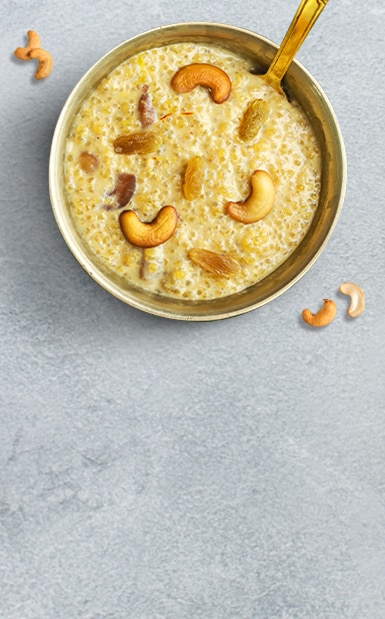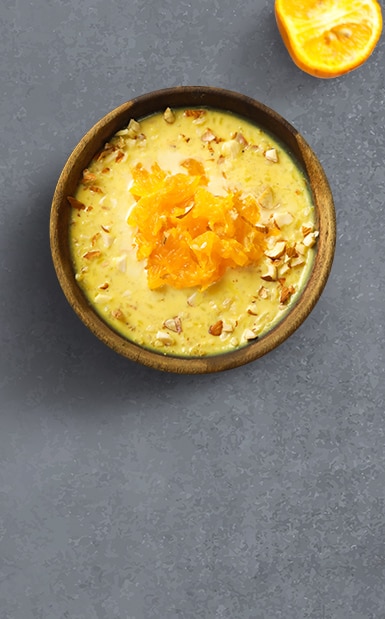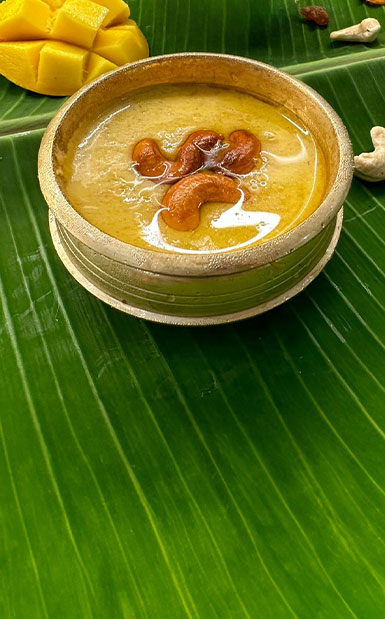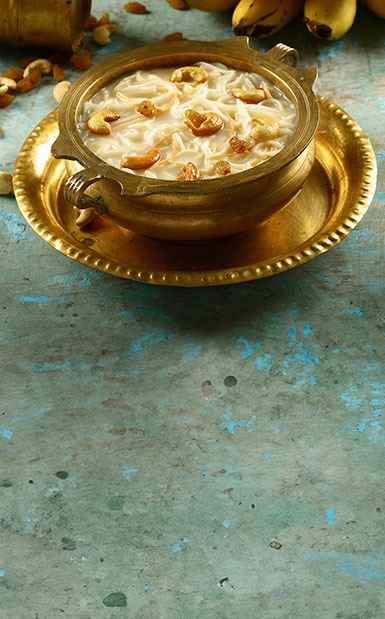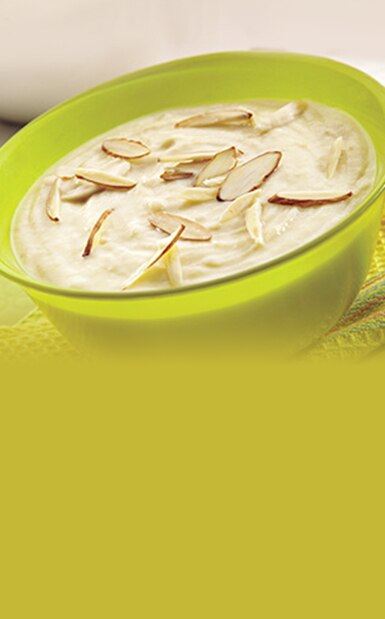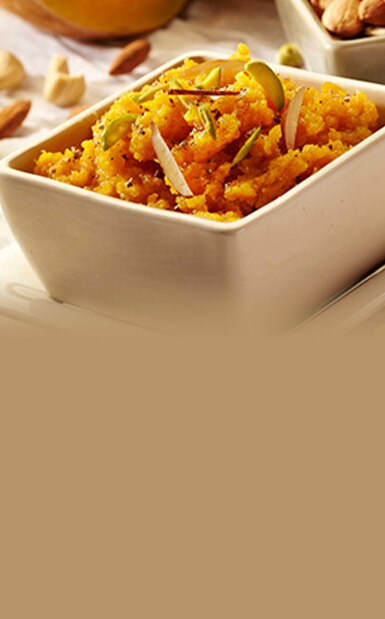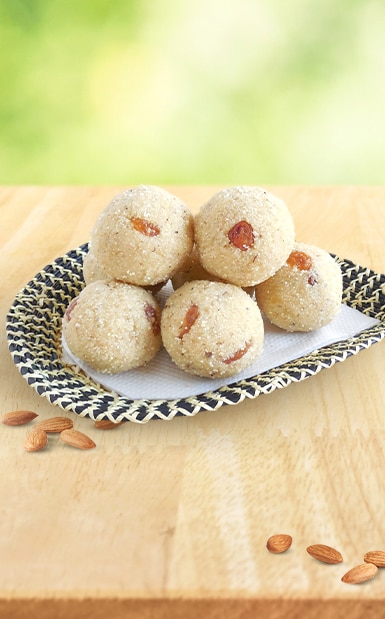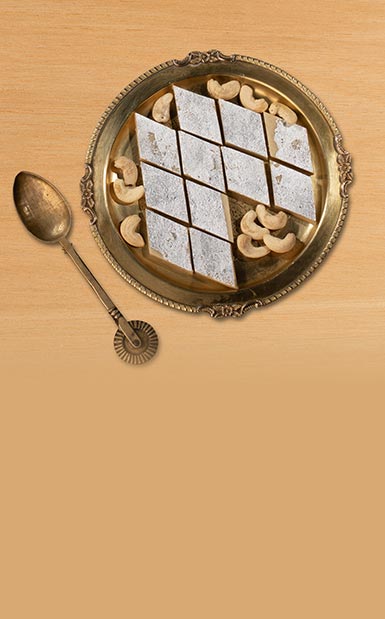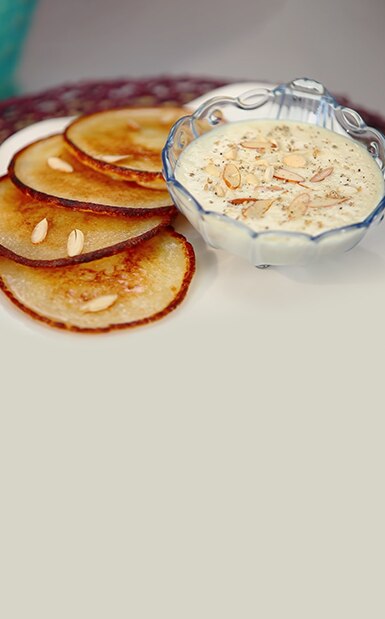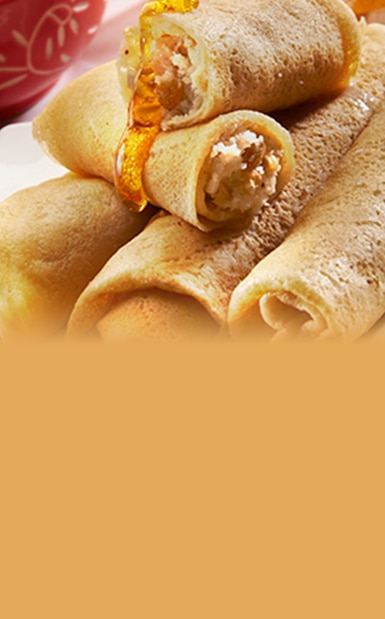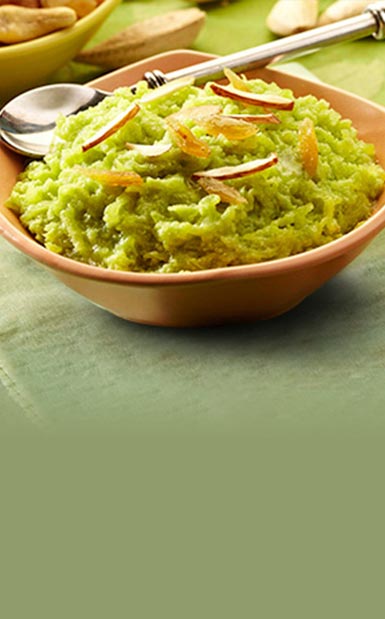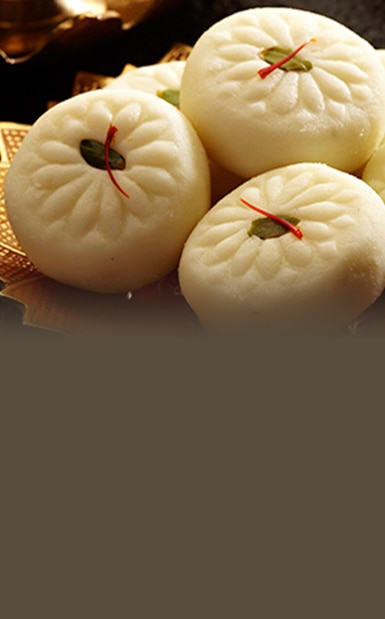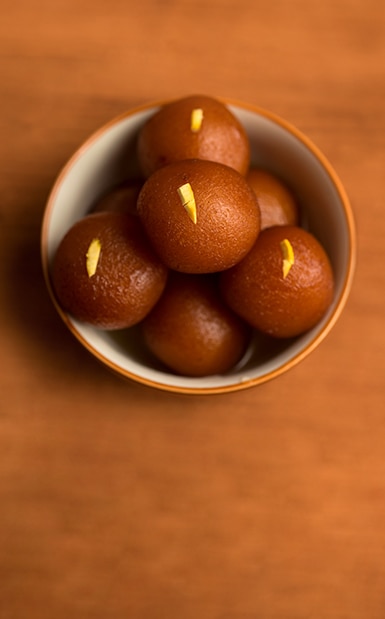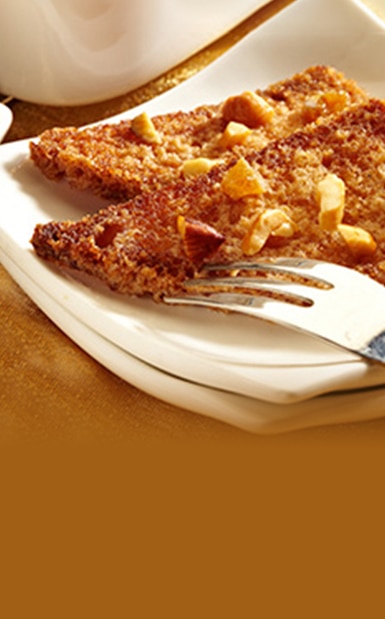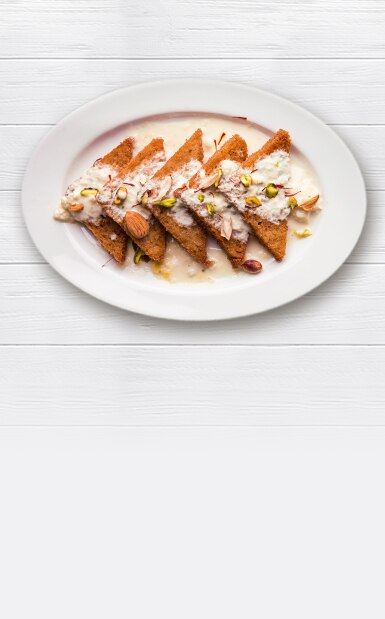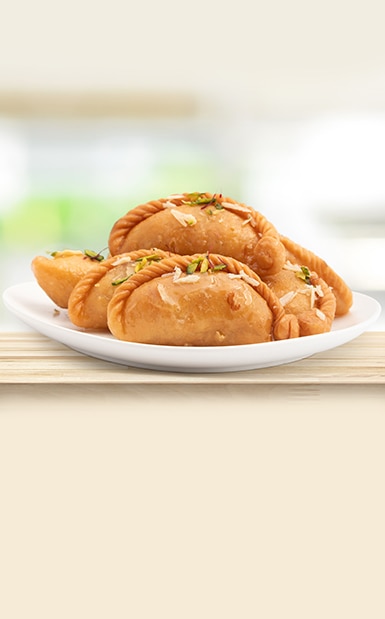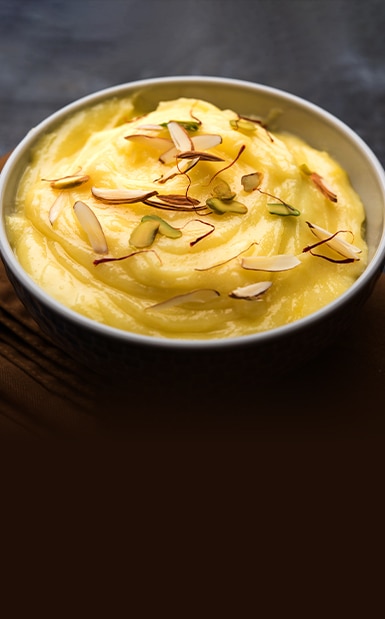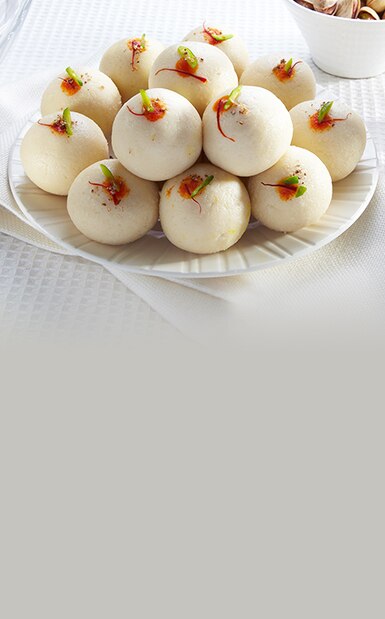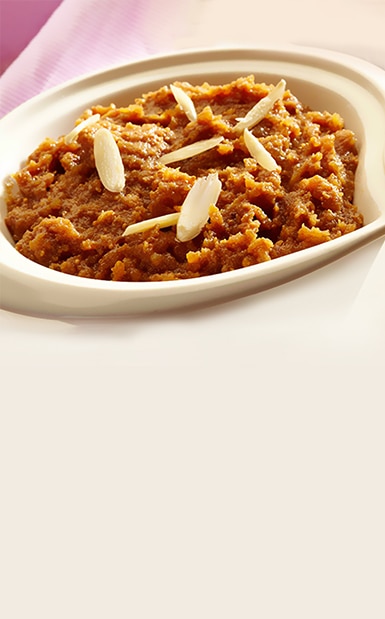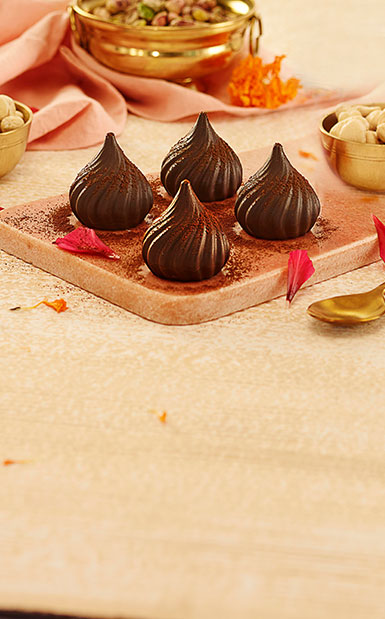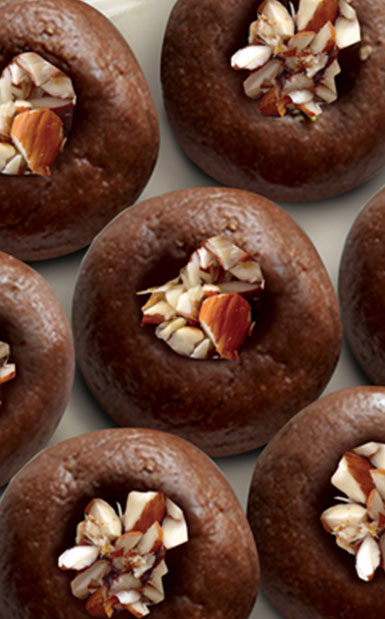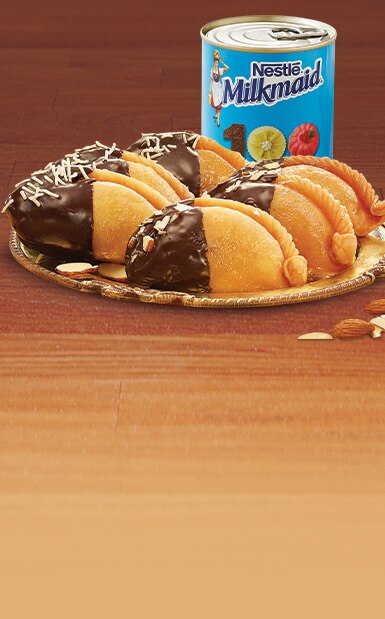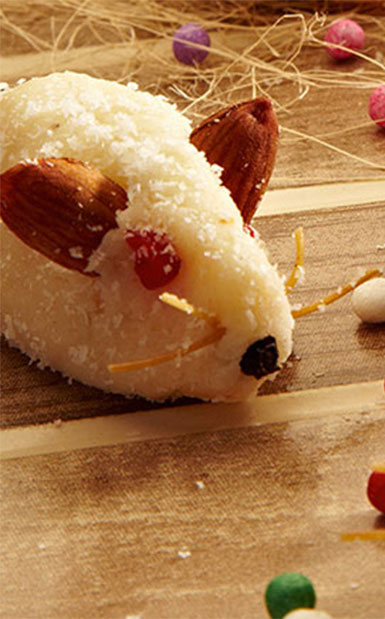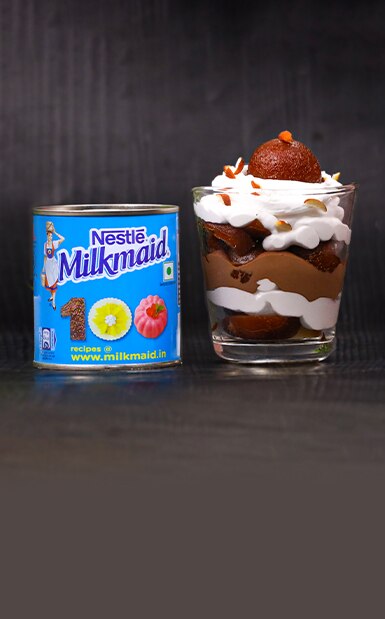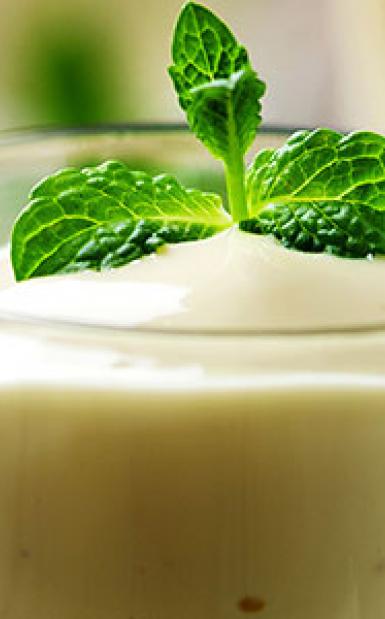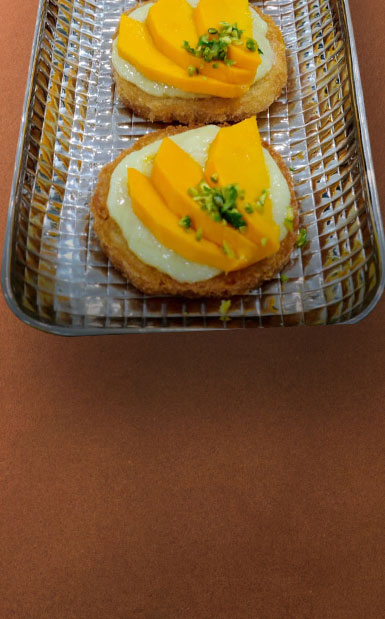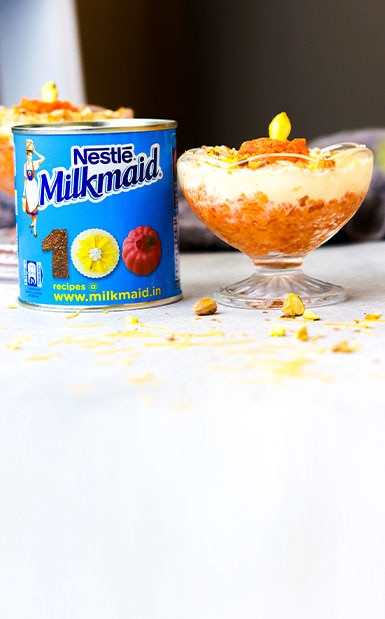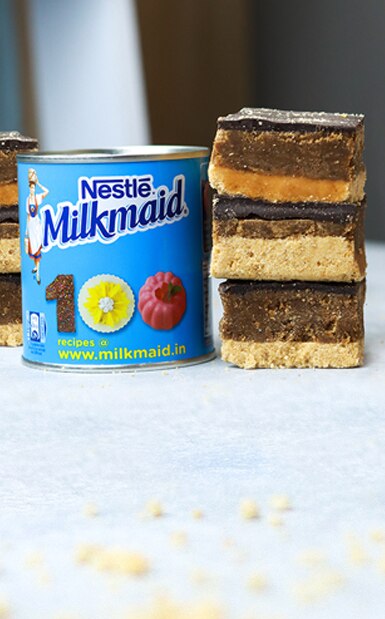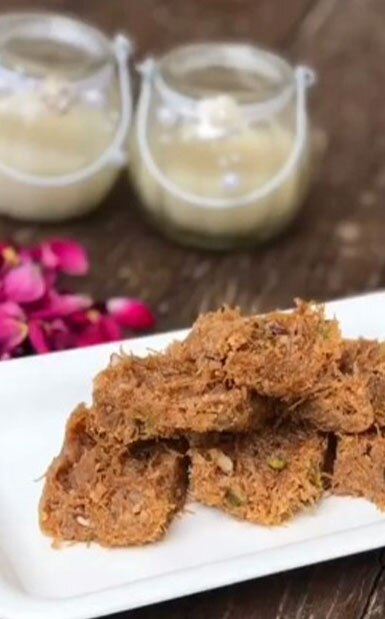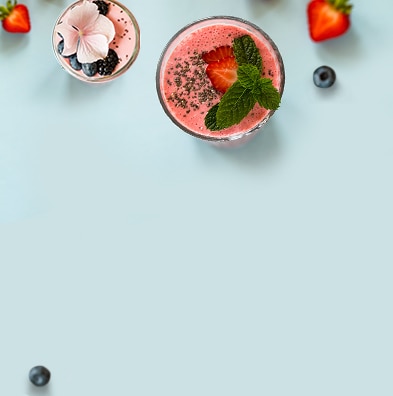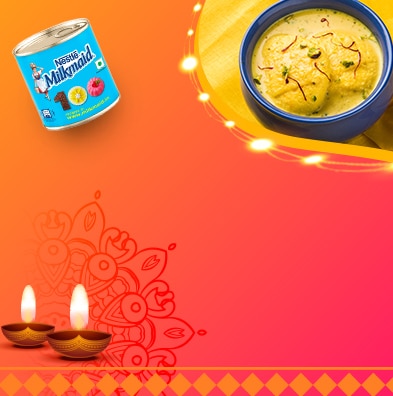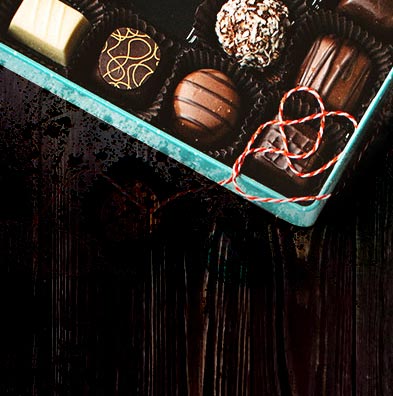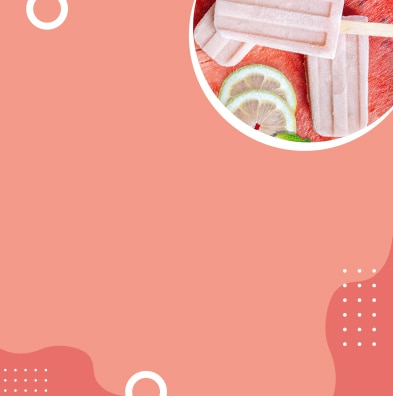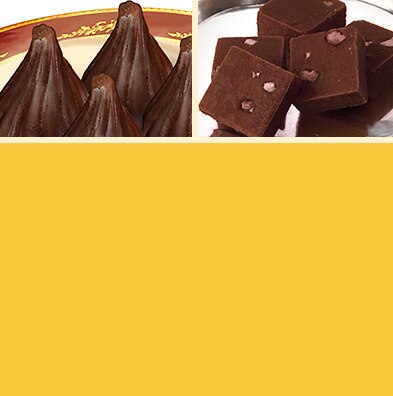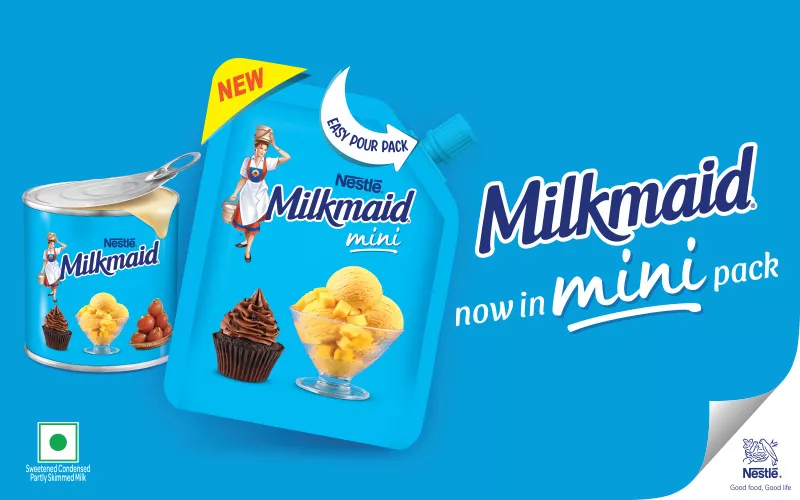-
All Recipes
- By Type
-
By Ingredients
- Apple
- Banana
- Biscuits
- Bread
- Milkmaid Mini
- Carrot
- Chana Dal
- Chocolate
- Cocoa
- Coconut
- Coffee Powder
- Curd
- Custard Powder
- Dairy Whitener
- Flour
- Fresh Cream
- Fruit Jelly
- Gelatine
- Ginger
- Jam
- Lauki
- Lemon juice
- Makhana
- Milk
- Milkmaid Mini
- Moong Dal
- Orange
- Paneer
- Pineapple
- Pizza Base
- Pumpkin (Kaddu)
- Rice
- Semolina
- Strawberry
- Vermicelli
- Watermelon
- Oats
- Fruits
- Dry Fruits
- Others
- Mango
- By Season
- Chef Specials
- Blogs
- Webinar
- Video Recipes
- About Us
Gajar Ka Halwa Recipe (Carrot Halwa)
As the crisp Indian winter sets in, nothing is more comforting than a warm, fragrant bowl of Gajar Ka Halwa. This classic carrot pudding, made with carrots, milk, ghee, nuts, and Nestlé MILKMAID, is more than just a dessert; it’s a culinary hug, a reminder of home, and a celebration of simple, seasonal flavours.
Plus, with our Gajar Ka Halwa recipe, you can prepare a delicious batch in just 45 minutes!
About Our Recipe
Our Gajar Ka Halwa recipe captures the season's spirit but with a little twist. Ditch the long preparation - Nestlé MILKMAID's condensed magic thickens the halwa, mimicking the luxurious texture of khoya without the extra steps. The result is a perfectly smooth halwa, bursting with the natural sweetness of carrots and warm notes of ghee.
Each spoonful is a celebration of winter's goodness. Vibrant orange carrots, grated with care, add a lovely chewiness to the halwa. The ghee, like liquid sunshine, contributes a nutty richness, while the cardamom infuses a sweet and spicy aroma. Nestlé MILKMAID, with its creamy sweetness, seamlessly blends with the flavours, making each bite irresistible.
More than just a recipe, this Gajar Ka Halwa is an experience. It's a reminder of cosy evenings spent with loved ones, of laughter shared over steaming bowls, and of the simple joys that make winter special. So, let the delightful aroma of this pudding fill your home, and savour the warmth of Gajar Ka Halwa, one spoonful at a time.
Alongside our Gajar Ka Halwa recipe, explore more delightful halwa recipes made with MILKMAID, such as Moong Dal Halwa and Anjeer Halwa —all perfect for satisfying your sweet tooth!
Show more > Show Less >Ingredients
- 1Nestlé MILKMAID Mini
- 2 tbspNestlé Everyday Ghee
- 1 ltrNestlé a+ Toned Milk
- 1 kgGrated Carrots
- 25 gmsChopped Kaju (Cashew nuts)
- 25 gmsKishmish (Raisins)
How to make Gajar Ka Halwa
- Step 1: Mix carrots and milk in a pan and bring to a boil. Cook it on low flame, stirring occasionally, until milk dries up.
- Step 2: Add Nestlé MILKMAID and continue cooking on low flame, stirring occasionally, until it dries up.
- Step 3: Add ghee and cook for another 10 minutes. Garnish your Gajar Ka Halwa recipe with cashewnuts and raisins and serve hot.
Tips to make Gajar ka Halwa
- Grate the carrots finely for a smoother texture in your Gajar ka Halwa.
- Keep the flame low throughout the cooking process; this dessert is best made slowly.
- Take the Gajar Ka Halwa off the heat as soon as the milk evaporates to prevent overheating and burning.
- Stir the Gajar Ka Halwa regularly to prevent it from sticking to the bottom of the pan.
- Elevate your dish by garnishing Gajar Ka Halwa with Nestlé MILKMAID and a sprinkle of assorted dry fruits.
- Let the Gajar Ka Halwa rest for a few minutes before serving to allow the flavours to meld.
FAQs on Gajar ka Halwa
1. Can I use any type of carrot for my Gajar Ka Halwa recipe?
For your Gajar Ka Halwa recipe, it’s best to use fresh, juicy red or orange carrots to get the best flavour and sweetness. Avoid using bitter or overly fibrous carrots.
2. Why does my Gajar Ka Halwa have a runny/watery consistency?
If your Gajar Ka Halwa turns out too runny or watery, it might be due to insufficient thickening or not enough moisture evaporation from the grated carrots. However, by following our Gajar Ka Halwa recipe, you can confidently put those concerns aside. MILKMAID acts as the perfect binding agent, ensuring you effortlessly attain the ideal texture.
3. How long can you store Gajar Ka Halwa?
Gajar Ka Halwa can be refrigerated for about 10 to 12 days. Nevertheless, it is advisable to refrain from keeping it at room temperature for extended periods.
4. What is the best way to reheat Gajar Ka Halwa?
The best way to reheat Gajar ka Halwa is in a microwave or on the stovetop. Microwave it in short intervals, stirring between each, or warm it on low heat, stirring consistently to maintain its texture and flavour.
5. What to do if Gajar ka Halwa is dry?
In the above Gajar ka Halwa recipe, be sure to incorporate the exact quantities of MILKMAID, ghee, and milk. If your halwa happens to be a tad dry, slowly introduce warm milk or ghee while stirring consistently. Cover the mixture and let it simmer over low heat until the halwa attains your preferred thickness.
Recipe you might like
Related Blogs


